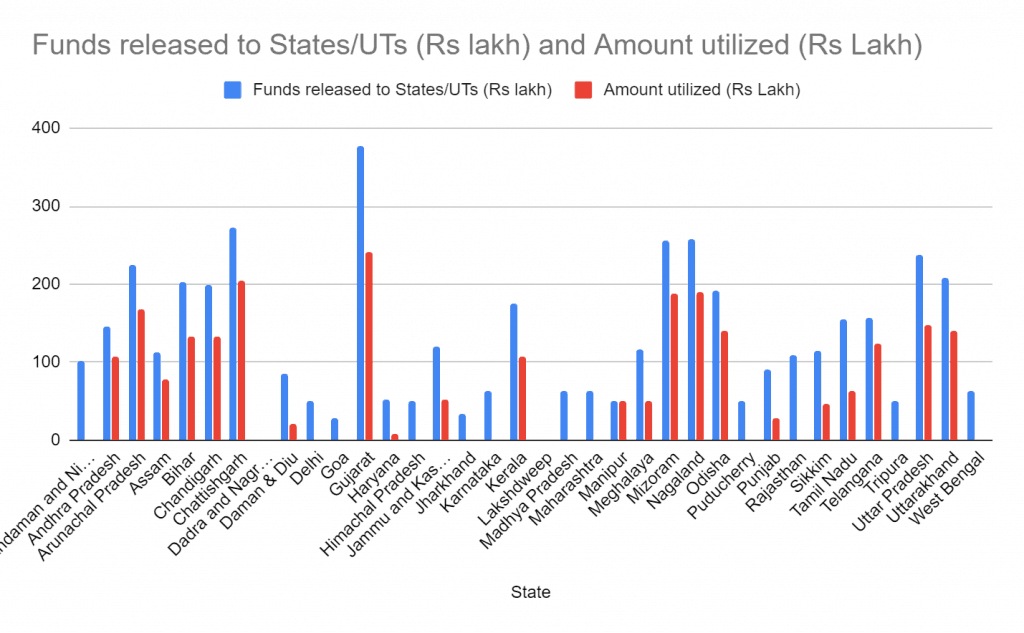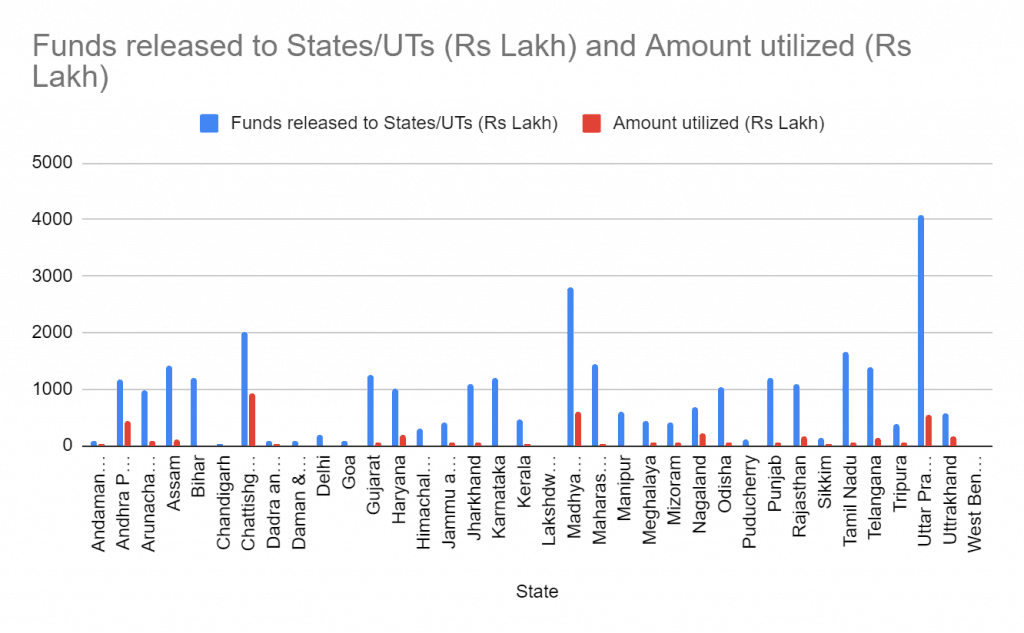This article is part of a special series: Safety of women in Indian cities |
On January 7 2020, more than seven years after the brutal gang rape and murder of a 23-year-old student in a moving public vehicle in Delhi, a death warrant was issued against the four convicted. The death sentence in the ‘Nirbhaya’ case as we have come to call it, ordered by the court to be carried out on January 22nd, has been hailed by many who see it as the final delivery of justice in a case that had shocked the nation and led to huge public outcry against the general lack of a safe environment for the women of India. But while the verdict appears to have brought a sense of closure, it also makes sense to appraise how much has been done to actually ensure safer spaces for women both in the public and private domain, where they are constantly exposed to the threat of sexual harassment and violence.
The Justice J S Verma Committee, constituted shortly after the Delhi incident to look into possible amendments of criminal law and provide for quicker trials and just punishment, submitted its report within a very short period of 30 days. In the preface to the report, the Committee clearly wrote that it was the failure of good governance that was the “obvious root cause for the current unsafe environment eroding the rule of law, and not the want of needed legislation.”
The Committee also said,
“Let us hope that this tragedy would occasion better governance, with the State taking all necessary measures to ensure a safe environment for the women in the country, thus preventing the recurrence of such sexual violence.“
With a view to ensuring that the states could take adequate measures and initiatives towards the creation of a more secure environment for women, the central government introduced the Nirbhaya Fund in its 2013 union budget with a corpus of Rs 1,000 crore.
In April 2015, the then-new government made the women and child development ministry (WCD) the nodal agency for the Nirbhaya Fund. An Empowered Committee of officers (EC) was set up under the Chairpersonship of Secretary, Ministry of Women and Child Development for appraising various schemes/projects proposed to be funded from the Nirbhaya Fund.
The progress, however, has been far from satisfactory. An analysis of data shared by the government on Nirbhaya Funds allocated shows that of the Rs 2,264 crore (63 per cent of the corpus of Rs 3,600 crore) allocated to states and UTs, around 89 per cent of the sanctioned funds were not used.
Some more facts revealed by the analysis:
- No state has reported utilisation of over 50% of the fund.
- Uttarakhand and Mizoram top the list with 50% utilisation followed by Chhattisgarh (43%), Nagaland (39%) and Haryana (32%).
- Further, out of the 36 states and UTs for which data is available, utilisation in 18 states and UTs is less than 15%.
- Capital Region shows just 5% utilisation, as per the analysis that looked at data of all ministries that allocated funds.

State/UT-wise details of the total funds sanctioned/allocated & utilized for Nirbhaya-funded Projects (by the Ministry of Home Affairs) Data: Lok Sabha
This national and state-wise analyses was based on the reply from the Ministry of Women and Child Development in the Lok Sabha on November 29. Also, the analysis pointed out that the utilisation certificates may not reflect actual use of funds as there is a lag in the process but the low figures are not likely to change significantly in terms of actual use of funds.
One stop centres and universalisation of helplines
Ground reports received from the various states also suggest that projects financed by the Nirbhaya Funds have made limited progress. In fact, the two schemes under which initiatives seem to have seen some progress is in universalization of women’s helplines, and to a lesser extent, the launch of One Stop Centres for redress of women’s grievances.

State/UT-wise details of the total funds sanctioned/allocated & utilized for universalisation of women’s helplines. Data: Lok Sabha
As far as universal helplines are concerned, 14 states have seen over 60% utilisation of the funds allocated for the scheme, with Telangana, Chhattisgarh and Arunachal Pradesh topping the list with 78.3%, 74.9% and 74.7% respectively. But even for this scheme, ten states — Delhi, Goa, Himachal Pradesh, Karnataka, Madhya Pradesh, Maharashtra, Puducherry, Rajasthan, Tripura and West Bengal have shown zero utilisation.

State/UT-wise details of the total funds sanctioned/allocated & utilized for the SAKHI-One Stop Centre scheme of the Ministry for Women and Child Development. Data: Lok Sabha
Three states and UTs — Chhattisgarh (46%), Andaman & Nicobar Islands (40.5%) and Dadra & Nagar Haveli (40.3%) — top the utilisation charts for funds allocated under the One Stop Centre scheme of the central government. Four states/UTs, namely Bihar, Karnataka, Delhi and Puducherry have failed to utilise any portion of the funds sanctioned under the scheme.
Therefore, while the judicial verdict in the Nirbhaya case may have brought with it a feeling of closure, the road to women’s safety is a longer one, fraught with many challenges. Schemes and projects proposed by various states and approved by the committee must be implemented expeditiously and effectively to ensure that the country never sees another Nirbhaya.
[with inputs from Sri Krishna]